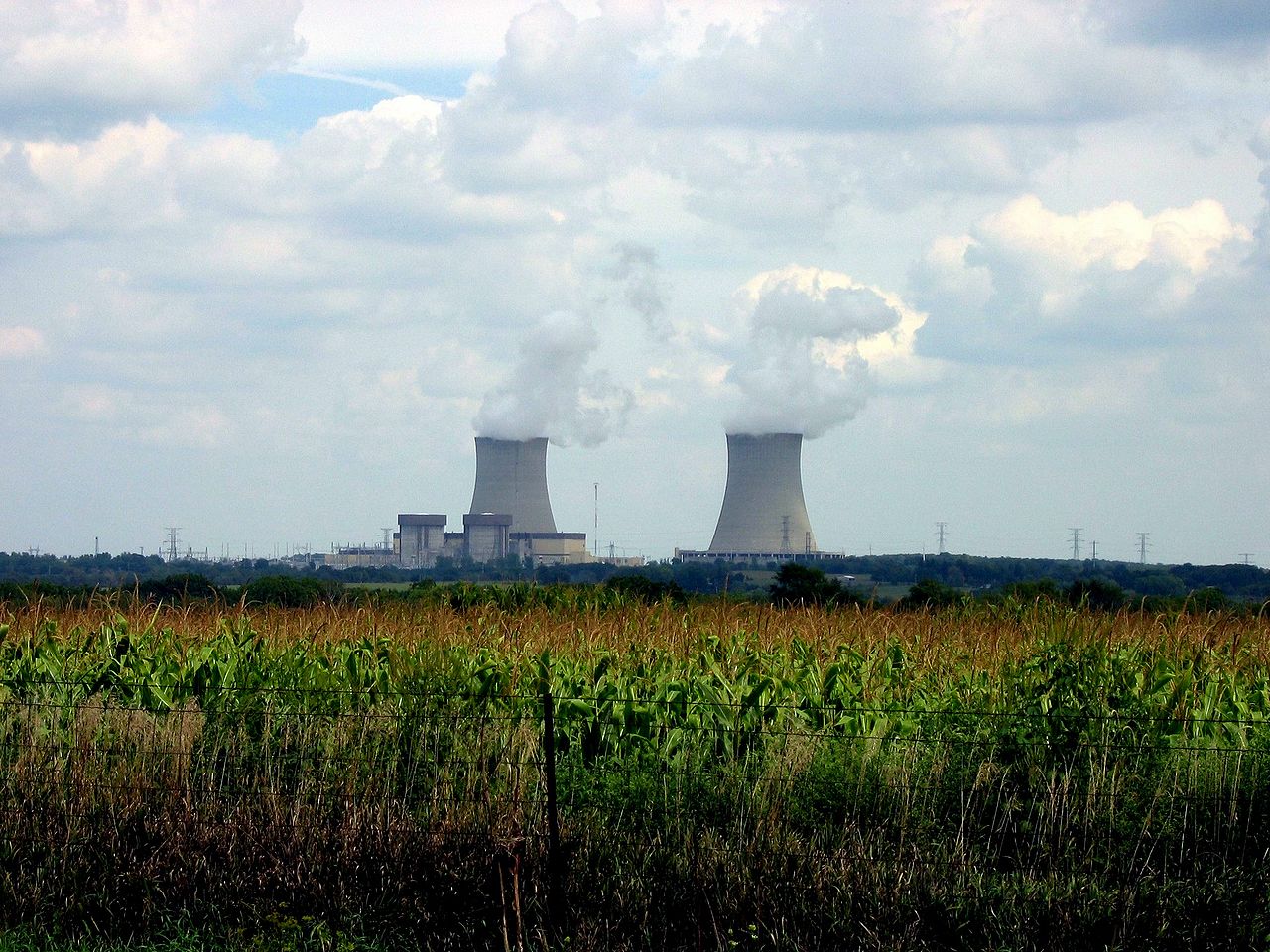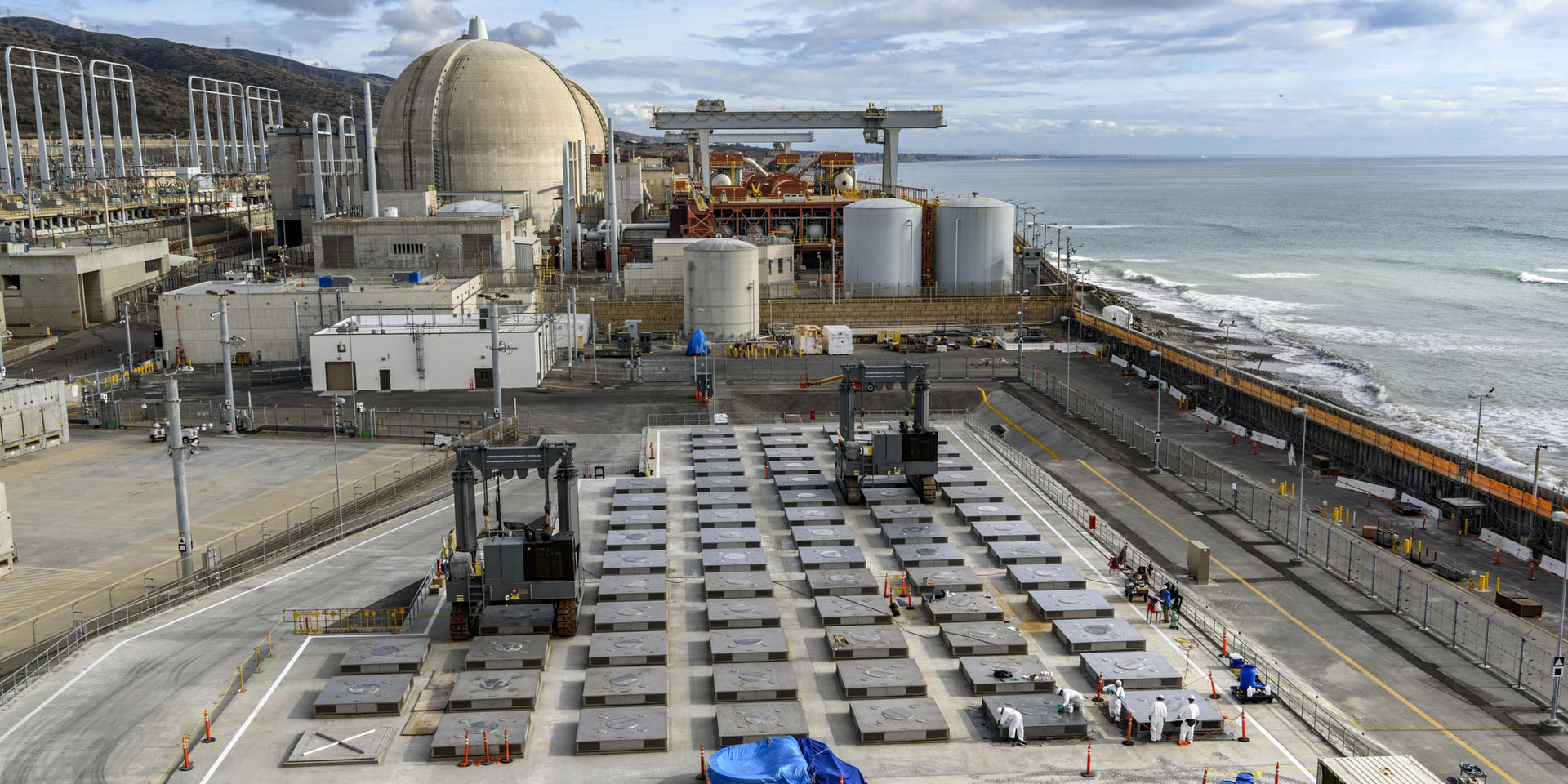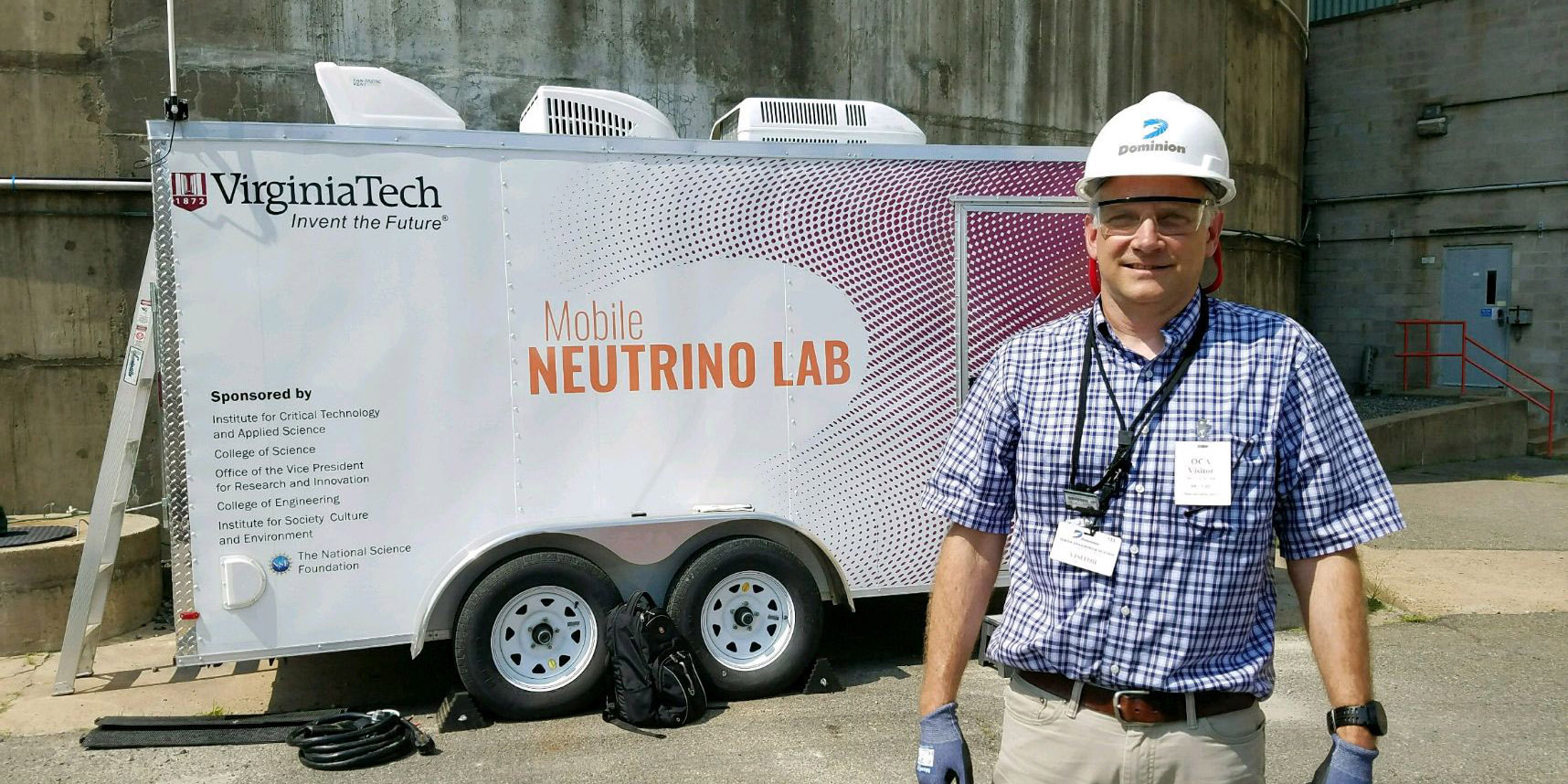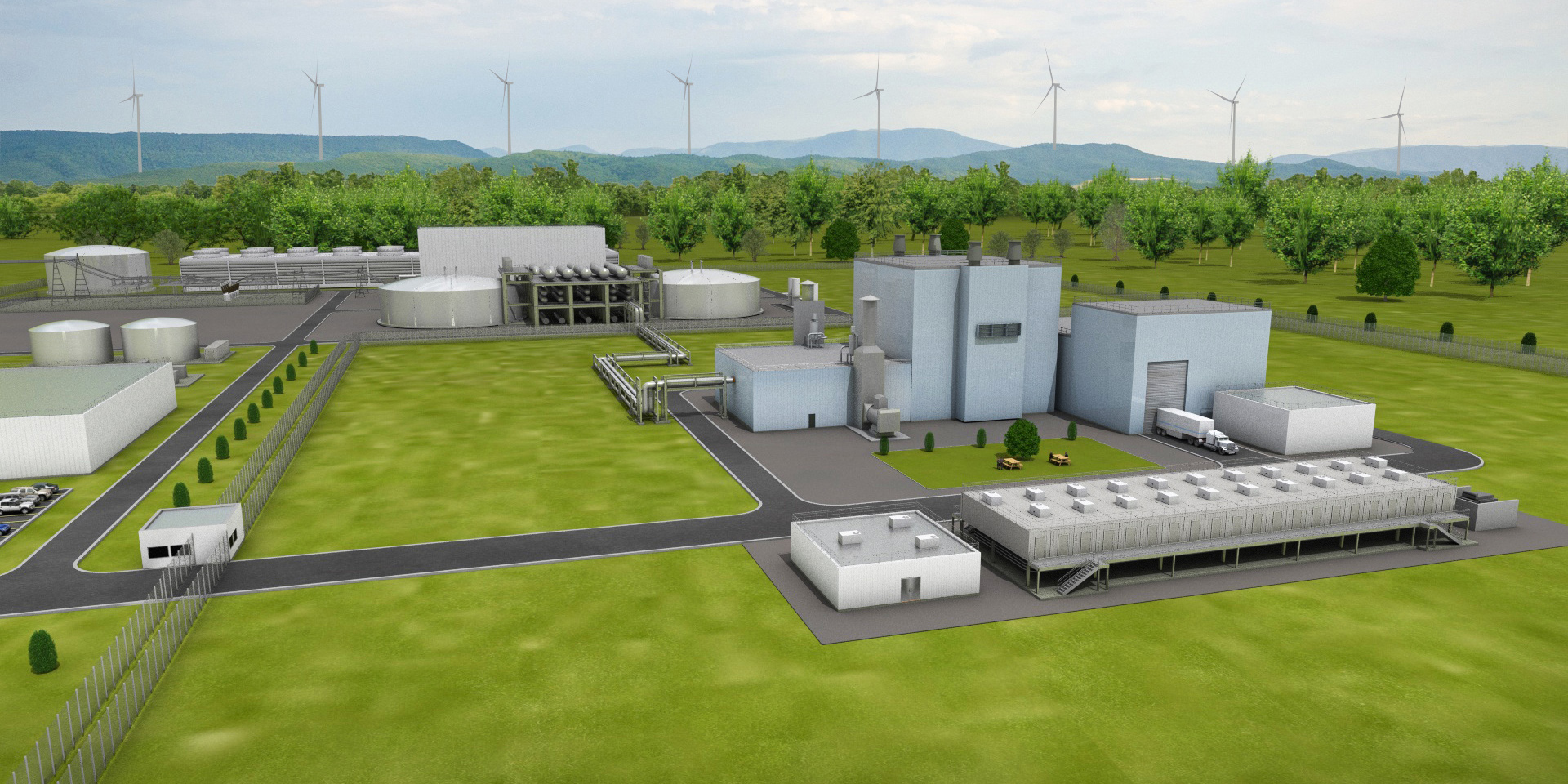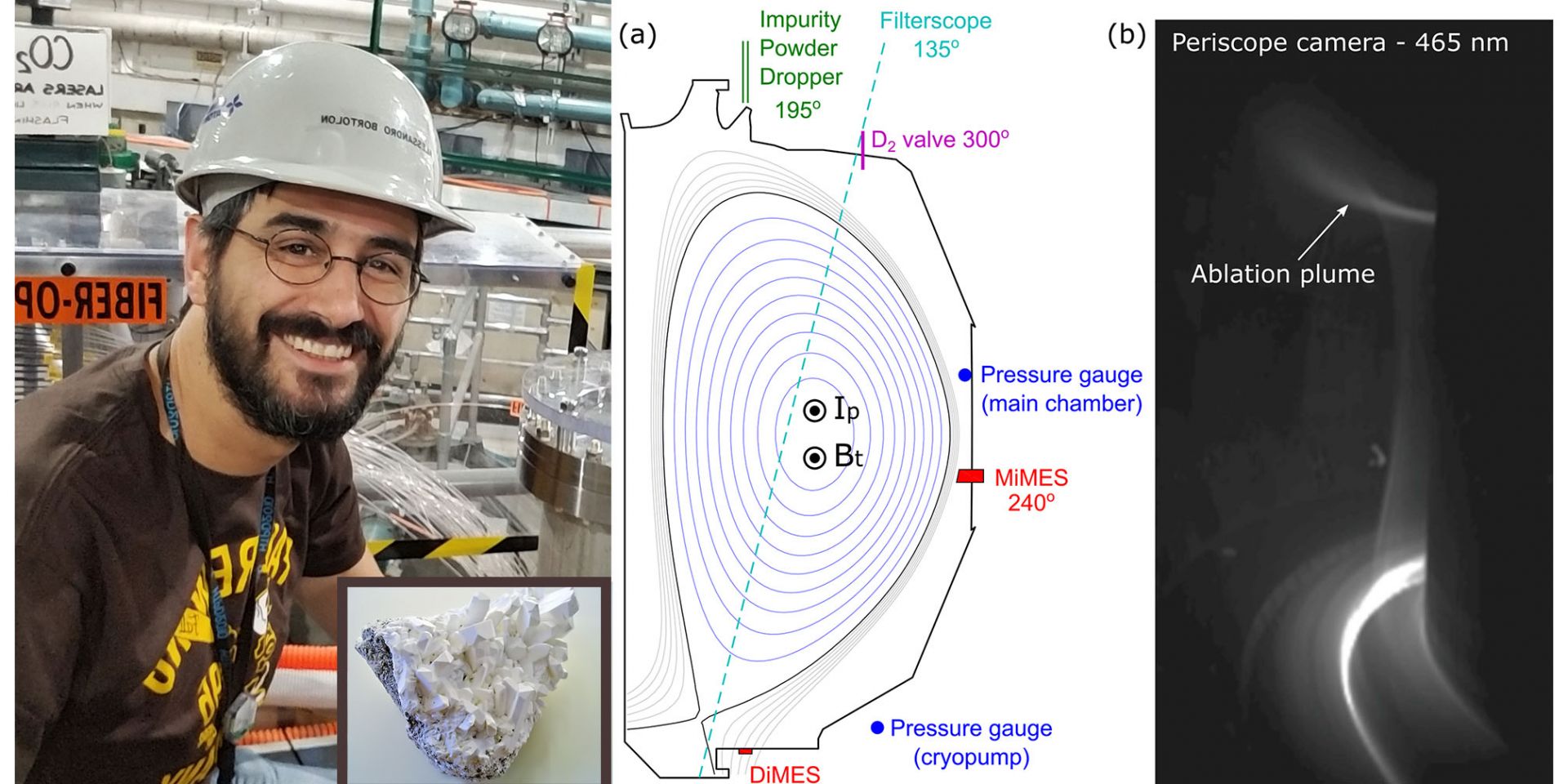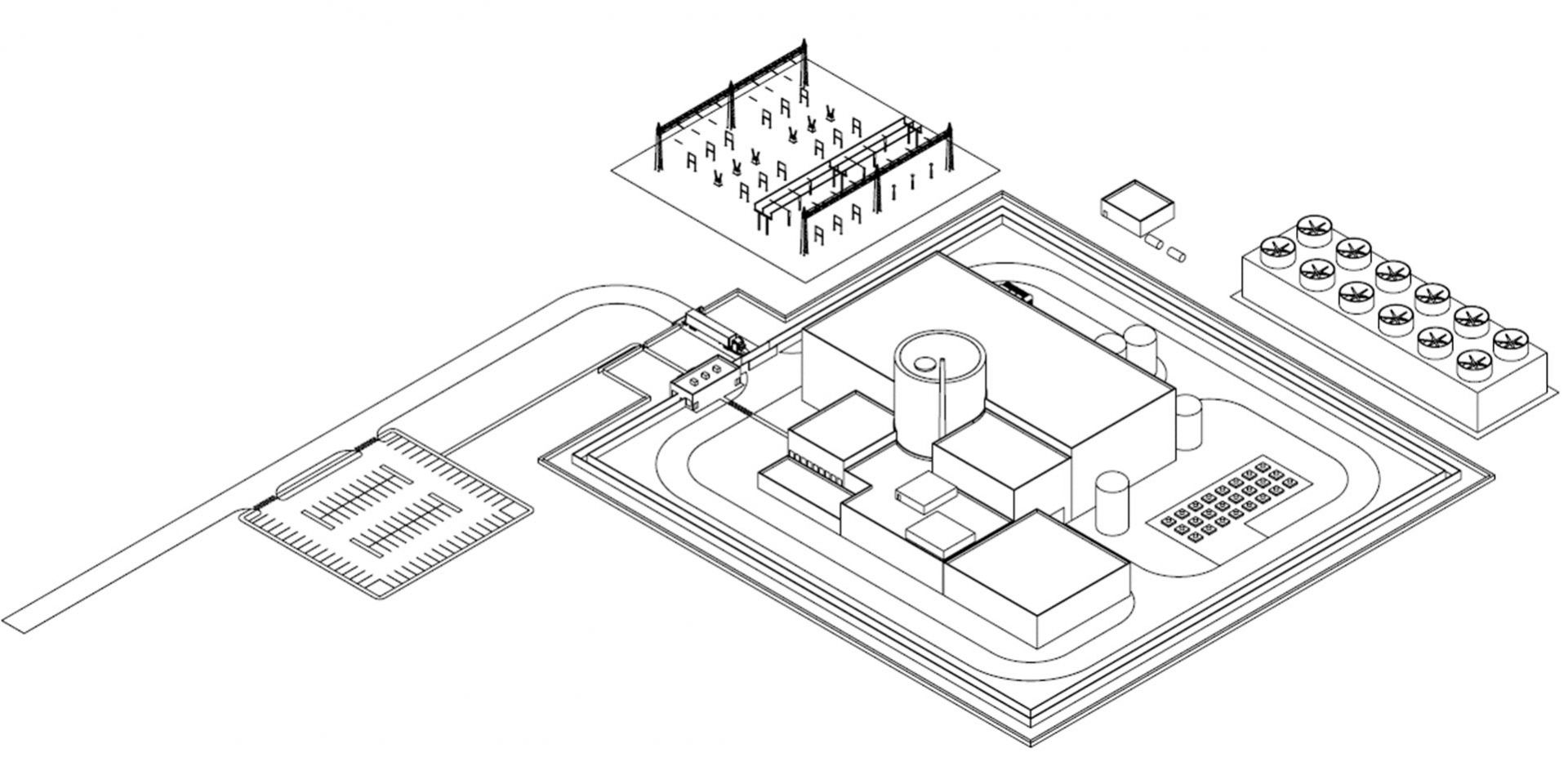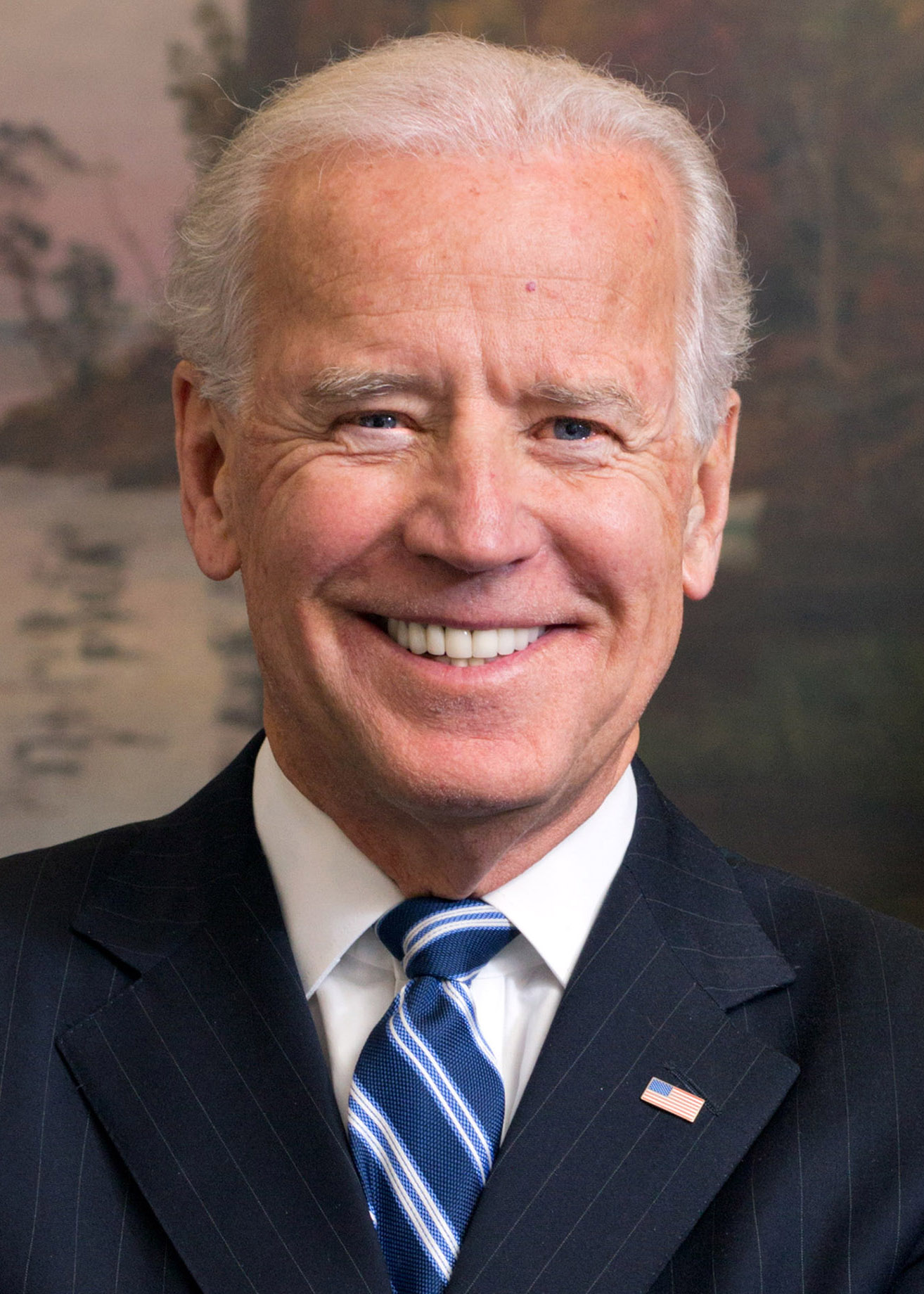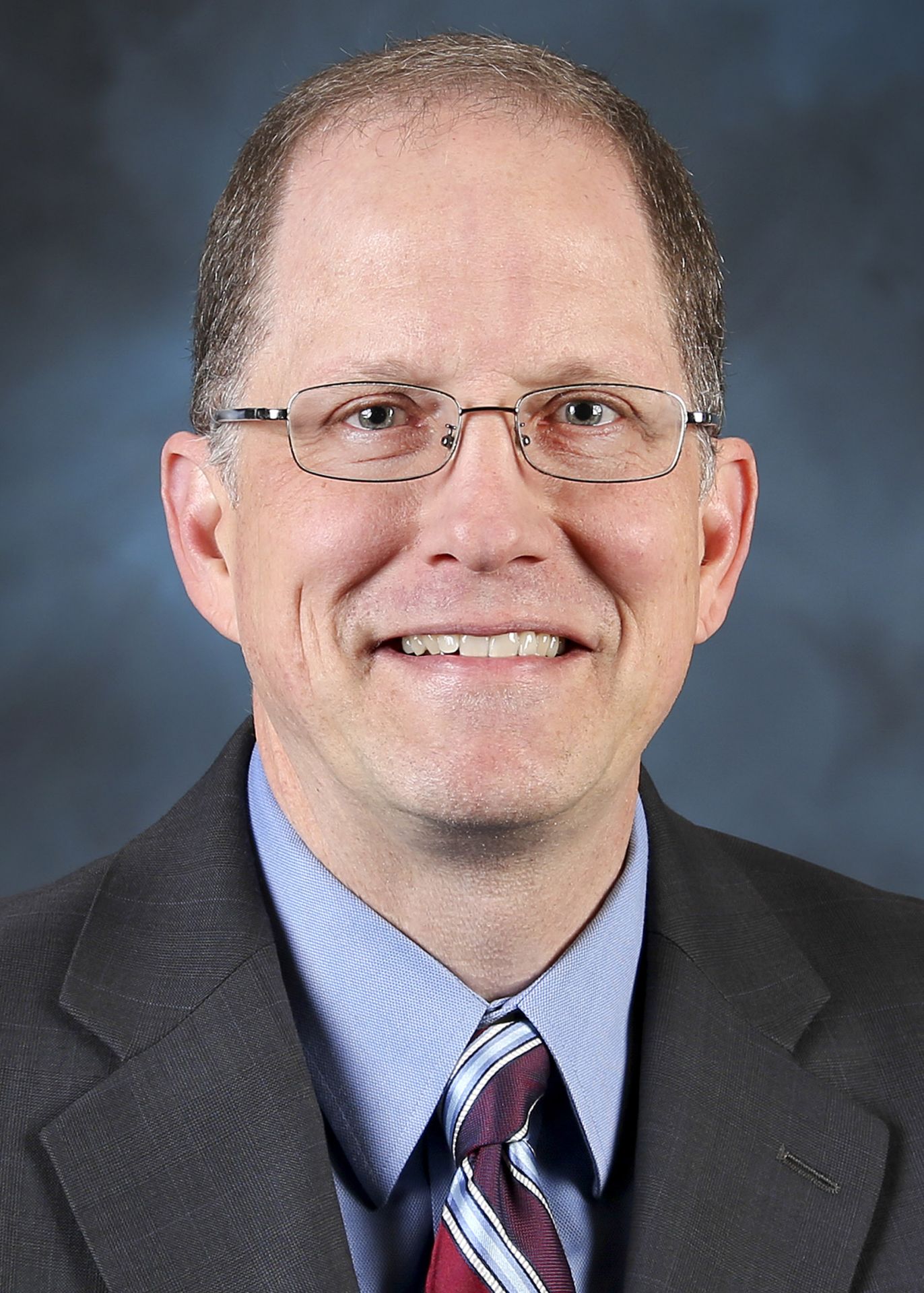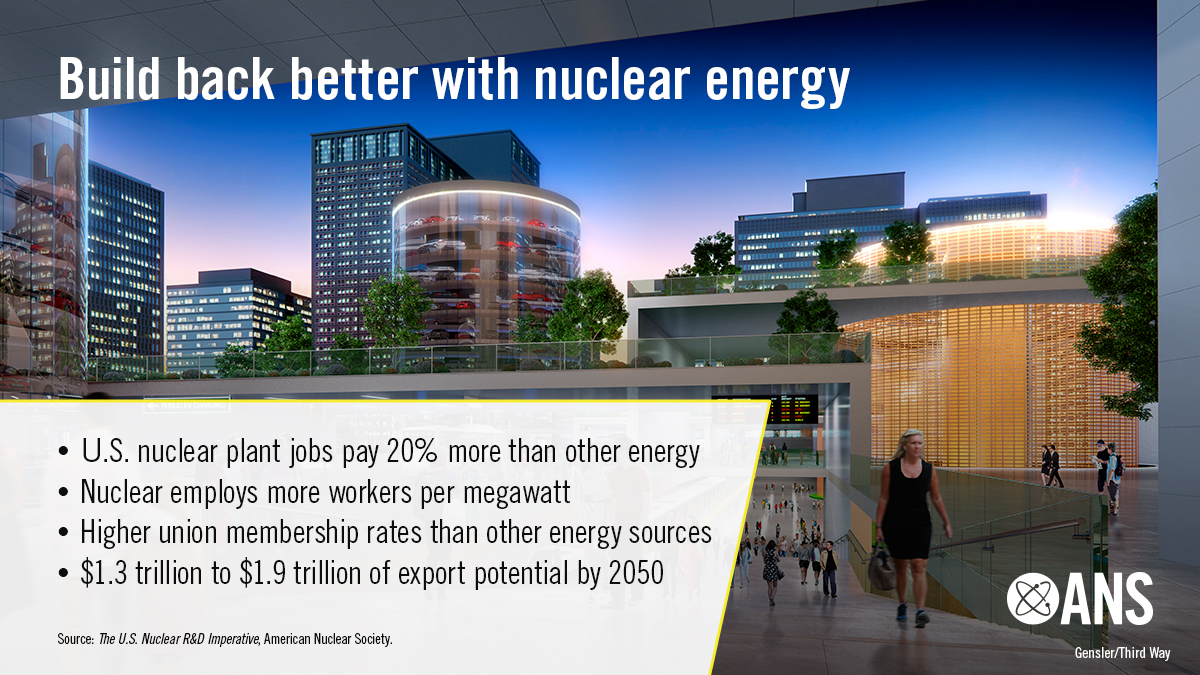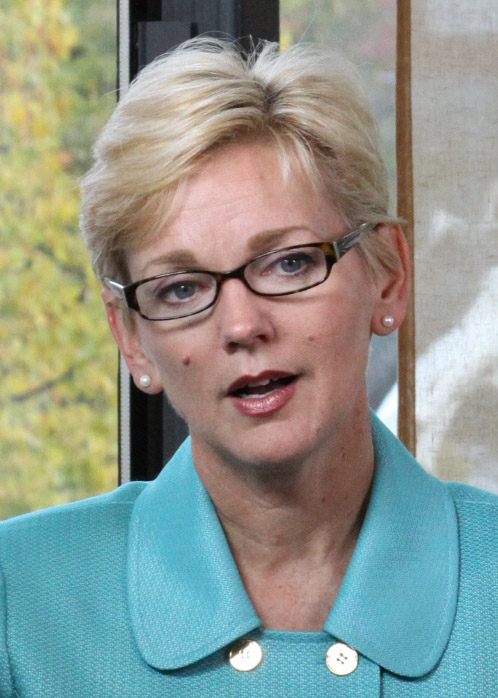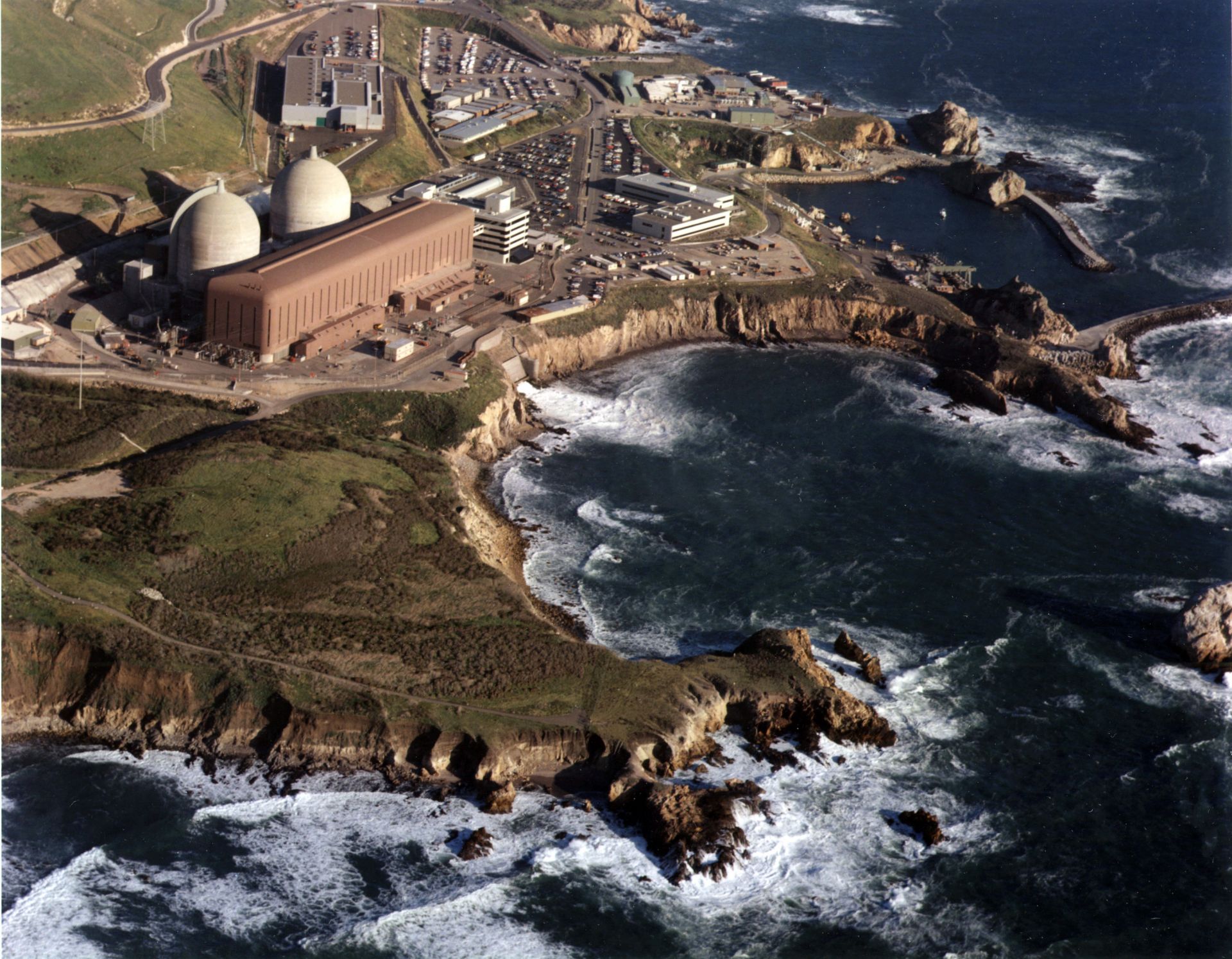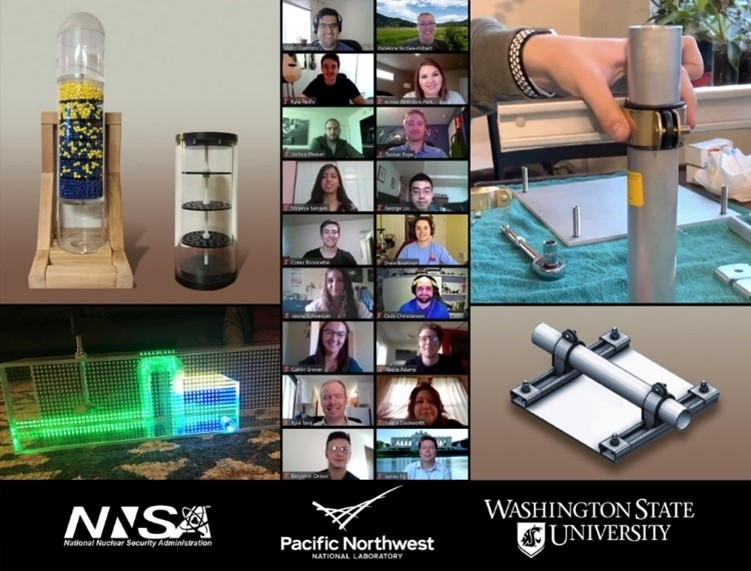Lise Meitner and Otto Hahn in their lab in Germany in 1913.
Comparing matter to a “lush tapestry, woven from a complex assortment of threads,” physics writer Emily Conover traces the evolution of our understanding of the atom over the past century in the recent Science News article, “How matter’s hidden complexity unleashed the power of nuclear physics.” Conover uncovers how our vision of matter changed from that of a “no-nonsense plaid” to one of an “ornate brocade,” ultimately transforming nuclear physics from an arcane academic pursuit to something that forever changed the world.
The Indian Point nuclear power plant
With a blunt but indisputably accurate headline, an article from yesterday’s New York Times on the imminent closure of Indian Point makes it immediately clear what will happen when Unit 3, the nuclear plant’s last operating reactor, is shut down at the end of this month: The state of New York will be forced to rely more heavily on fossil fuels for electricity generation.
Following the retirement of Indian Point-2 last April, the share of New York’s power coming from gas-fired plants rose to about 40 percent, from about 36 percent in 2019, the piece notes, adding that the share from renewables moved up only slightly, to about 30 percent.
In this illustration of the effects of two neutron yields (50 kt and 1 Mt) and two neutron energies (14.1 MeV and 1 MeV), the black dots represent the location of a nuclear device. Dark blue indicates where the asteroid remains solid, while all other colors show where material has been melted or vaporized. The illustration depicts asteroids with 0.8-m and 5-m diameters—much smaller than the 300-m asteroid simulated in the study—to enhance the visibility of the area of the energy deposition. Image: LLNL
A research collaboration between Lawrence Livermore National Laboratory and the Air Force Institute of Technology (AFIT) has investigated how the neutron energy generated by the detonation of a nuclear device could affect the path and speed of an asteroid on a collision course with Earth by melting and vaporizing a portion of the asteroid. The research, which compared the deflection caused by two different neutron energies—14.1 MeV and 1 MeV, representing fusion and fission neutrons, respectively—is described in an article published by LLNL on April 8.
Byron Generating Station. Photo: Exelon
The University of Illinois Student Section and Chicago Local Section of the American Nuclear Society hosted a webinar, The Role of Nuclear Power in Illinois, on Wednesday, March 31. The webinar provided information for state lawmakers and the general public about the potential consequences of closing the Byron and Dresden Generating Stations, two of the nuclear power plants in the state of Illinois.
The webinar recording has been archived and is available for viewing for free at the above link.
Dry cask storage at the closed San Onofre Nuclear Generating Station in Southern California. Photo: Southern California Edison
Saying they are cautiously optimistic that the Biden administration can change the U.S. trajectory on nuclear waste, some Stanford University experts have offered their recommendations on how it can be done in a recent Stanford news posting.
A prototype neutrino detector deployed outside Unit 2 at Dominion Power’s North Anna Generating Station in Mineral, Va. Photo: Steve Mackay, Virginia Tech
An artist’s rendering of Natrium. Image: TerraPower
Around the world, national and local policymakers and business leaders are making bold and ambitious commitments to clean energy goals. In the United States, one in three Americans now lives in a city or state that has committed to or has achieved 100 percent clean electricity, according to the Luskin Center for Innovation at the University of California–Los Angeles.
Photos of physicist Alessandro Bortolon and the element boron; graph and photo showing the interior of a tokamak. Credit: Alexander Nagy and Alessandro Bortolon/Collage courtesy of Elle Starkman, PPPL
Research led by scientists at the Department of Energy's Princeton Plasma Physics Laboratory (PPPL) provides new evidence that particles of boron, the main ingredient in Borax household cleaner, can coat internal components of doughnut-shaped plasma devices known as tokamaks and improve the efficiency of the fusion reactions, according to an article published on Phys.org on April 2.
Fig. 1: The layout of a typical SMR-160 site.
Holtec International’s SMR-160 is a pressurized light-water thermal spectrum reactor that relies on natural circulation, thereby eliminating the need for reactor coolant pumps during normal operation. The reference design incorporates a lower pressure conventional steam turbine and wet cooling via a tube-and-shell condenser coupled with forced-draft cooling towers. Optionally, the plant can use dry cooling via Holtec’s HI-KOOL air-cooled condenser.
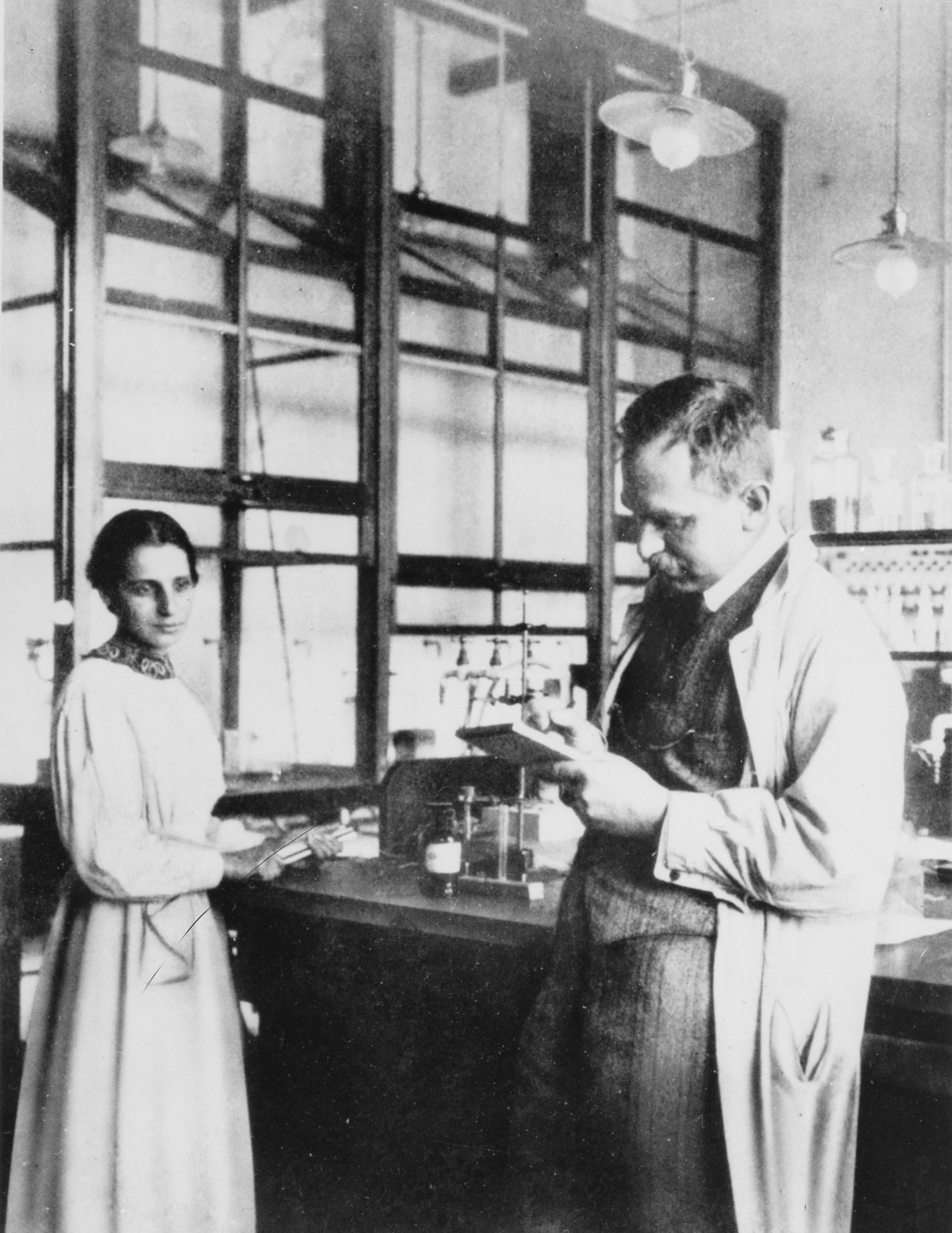


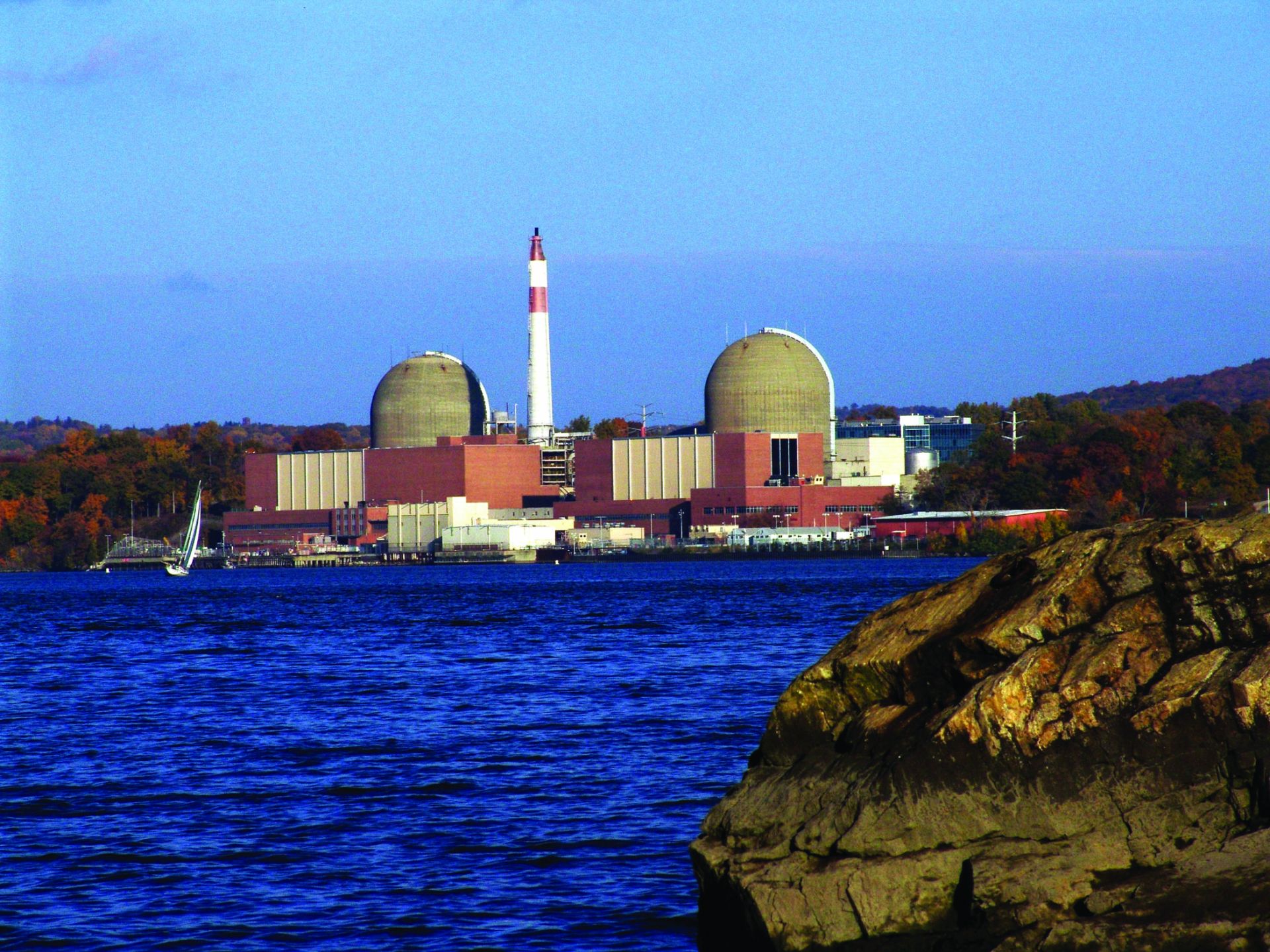
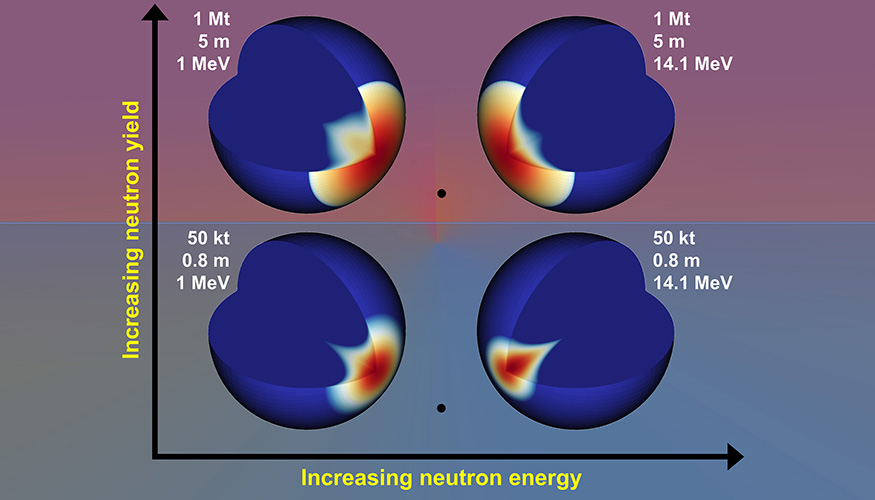
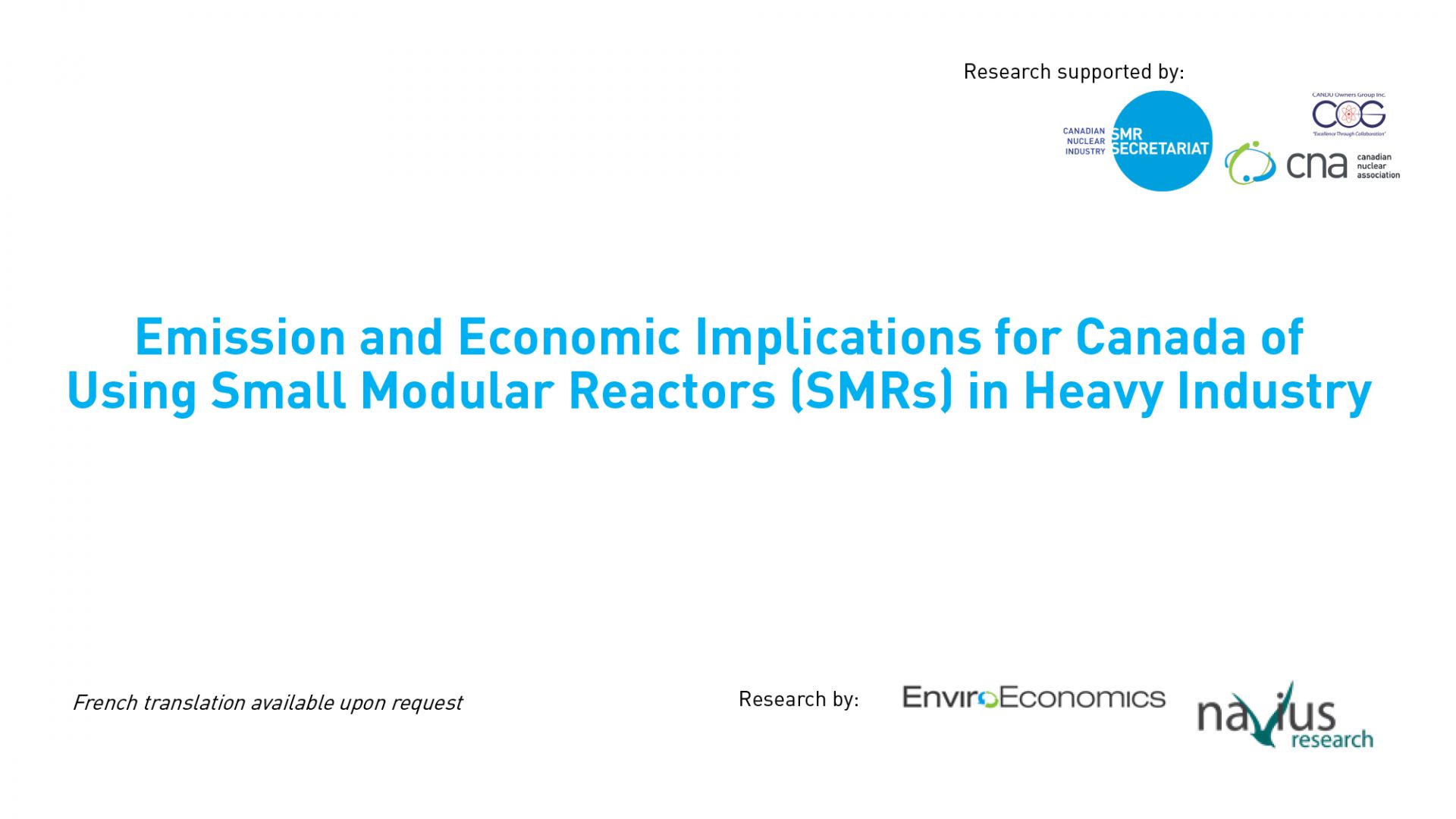 New research indicates
New research indicates